Tag: West Virginia
Wikipedia says: West Virginia is a state in the Appalachian, Mid-Atlantic and Southeastern regions of the United States. It is bordered by Pennsylvania to the northeast, Maryland to the east and northeast, Virginia to the southeast, Kentucky to the southwest, and Ohio to the northwest. West Virginia is the 41st-largest state by area and ranks 40th in population, with a population of 1,793,716 residents. The capital and largest city is Charleston.
West Virginia became a state after the Wheeling Conventions of 1861, at the start of the American Civil War. Delegates from northwestern Virginia’s Unionist counties decided to break away from Virginia, which also included secessionist counties in the new state. West Virginia was admitted to the Union on June 20, 1863, and was a key border state during the war. It was the only state to form by separating from a Confederate state, the second to separate from a state after Maine separated from Massachusetts, and one of two states (along with Nevada) admitted to the Union during the Civil War. Some of its residents held slaves, but most were yeoman farmers, and the delegates provided for the gradual abolition of slavery in the new state constitution. The state legislature abolished slavery in the state, and at the same time ratified the 13th Amendment abolishing slavery nationally on February 3, 1865.
West Virginia’s Northern Panhandle extends adjacent to Pennsylvania and Ohio to form a tristate area, with Wheeling and Weirton just across the border from the Pittsburgh metropolitan area. Huntington in the southwest is close to Ohio and Kentucky, while Martinsburg and Harpers Ferry in the Eastern Panhandle region are considered part of the Washington metropolitan area, between Maryland and Virginia. West Virginia is often included in several U.S. geographical regions, including the Mid-Atlantic, the Upland South, and the Southeastern United States. It is the only state entirely within the area served by the Appalachian Regional Commission; the area is commonly defined as “Appalachia”.
The state is noted for its mountains and rolling hills, its historically significant coal mining and logging industries, and its political and labor history.
Many ancient manmade earthen mounds from various prehistoric mound builder cultures survive in West Virginia, especially in the areas of present-day Moundsville, South Charleston, and Romney. Artifacts uncovered in these give evidence of village societies with a tribal trade system culture that crafted cold-worked copper pieces.
In the 1670s, during the Beaver Wars, the powerful Iroquois, five allied nations based in present-day New York and Pennsylvania, drove out other American Indian tribes from the region to reserve the upper Ohio Valley as a hunting ground. Siouan language tribes, such as the Moneton, had previously been recorded in the area.
A century later, the area now identified as West Virginia was contested territory among Anglo-Americans as well, with the colonies of Pennsylvania and Virginia claiming territorial rights under their colonial charters to this area before the American Revolutionary War. Some speculative land companies, such as the Vandalia Company, the Ohio Company and the Indiana Company, tried but failed to legitimize their claims to land in parts of West Virginia and present-day Kentucky. This rivalry resulted in some settlers petitioning the Continental Congress to create a new territory called Westsylvania. With the federal settlement of the Pennsylvania and Virginia border dispute, creating Kentucky County, Virginia, Kentuckians “were satisfied […] and the inhabitants of a large part of West Virginia were grateful.”
The Crown considered the area of West Virginia part of the British Virginia Colony from 1607 to 1776. The United States considered this area the western part of the state of Virginia (commonly called Trans-Allegheny Virginia) from 1776 to 1863, before West Virginia’s formation. Its residents were discontented for years with their position in Virginia, as the government was dominated by the planter elite of the Tidewater and Piedmont areas. The legislature had electoral malapportionment, based on the counting of slaves toward regional populations, and western white residents were underrepresented in the state legislature. More subsistence and yeoman farmers lived in the west, and they were generally less supportive of slavery, although many counties were divided on their support. Residents of that area became more sharply divided after the planter elite of eastern Virginia voted to secede from the Union during the Civil War.
Residents of the western and northern counties set up a separate government under Francis Pierpont in 1861, which they called the Restored Government. Most voted to separate from Virginia, and the new state was admitted to the Union in 1863. In 1864 a state constitutional convention drafted a constitution, which was ratified by the legislature without putting it to popular vote. West Virginia abolished slavery by a gradual process and temporarily disenfranchised men who had held Confederate office or fought for the Confederacy.
West Virginia’s history has been profoundly affected by its mountainous terrain, numerous and vast river valleys, and rich natural resources. These were all factors driving its economy and the lifestyles of its residents, who tended to live in many small, relatively isolated communities in the mountain valleys.
Showing 1–16 of 115 resultsSorted by latest
-
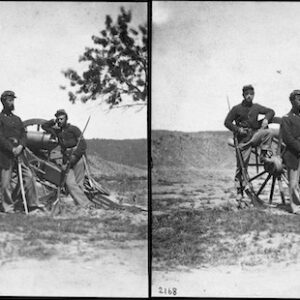
Image ID: AZNQ
$1.99 -
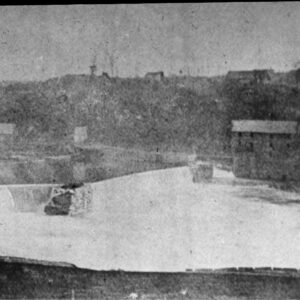
Image ID: AYRN
-
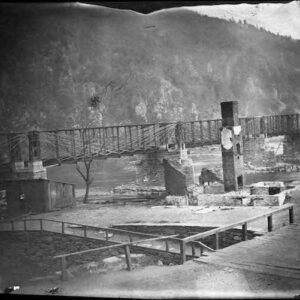
Image ID: AYLP
$0.99 -

Image ID: AYPG
$0.99 -
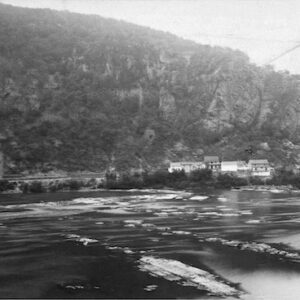
Image ID: AYFR
$0.99 -
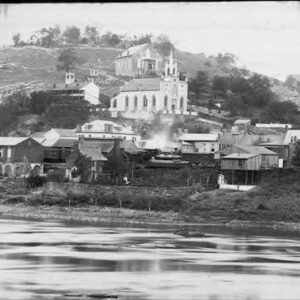
Image ID: AYFS
$0.99 -
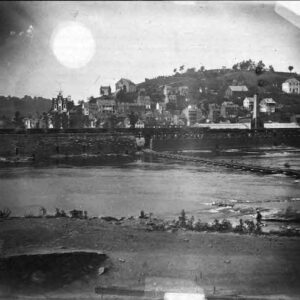
Image ID: AYLO
$0.99 -
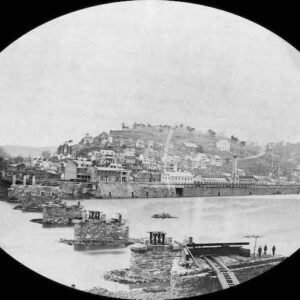
Image ID: AXXR
$0.99 -
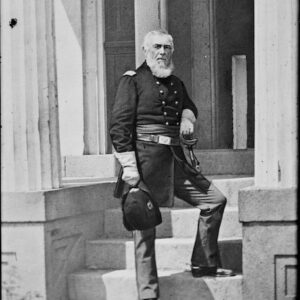
Image ID: AURI
$5.99 -

Image ID: AYND
$0.99 -
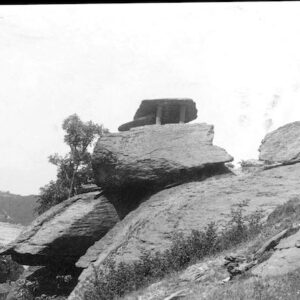
Image ID: AZFE
$0.99 -

Image ID: AUDI
$0.99 -
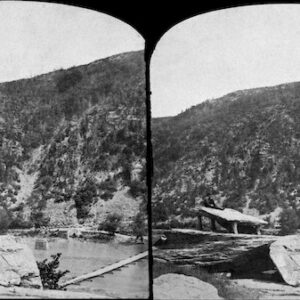
Image ID: AXBC
$4.99 -

Image ID: AXBT
$4.99 -
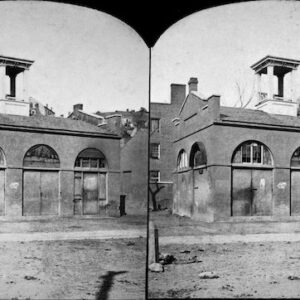
Image ID: AXBU
$4.99 -
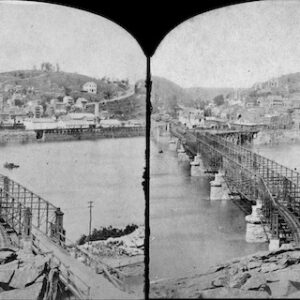
Image ID: AXBV
$4.99